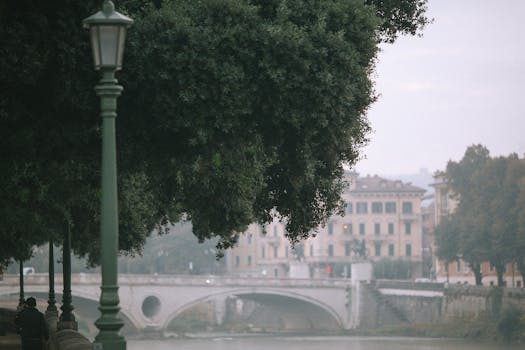
Urban Green Spaces: The Future of Outdoor Living in European Cities by 2025
Urban Green Spaces are becoming increasingly important in European cities, and for good reason. As the world becomes more urbanized, the need for green spaces in cities is becoming more pressing. Urban Green Spaces are not just aesthetically pleasing, but they also provide numerous benefits for both the environment and the people living in these cities. In this article, we will explore the future of outdoor living in European cities and how urban green spaces will play a crucial role in shaping it.
The Importance of Urban Green Spaces
Urban green spaces are areas of greenery in cities, such as parks, gardens, and green roofs. These spaces provide a range of benefits, including improving air quality, reducing noise pollution, and mitigating the urban heat island effect. They also provide habitats for wildlife, support biodiversity, and help to manage stormwater runoff. In addition to these environmental benefits, urban green spaces also have numerous social and economic benefits. They provide spaces for recreation, socialization, and community engagement, which can help to improve mental and physical health, as well as overall quality of life.
The Future of Outdoor Living in European Cities
By 2025, European cities are expected to be even more urbanized, with a growing population and increasing pressure on urban infrastructure. However, this also presents an opportunity to create more sustainable, green, and livable cities. Urban green spaces will play a crucial role in achieving this goal. Cities such as Copenhagen, Stockholm, and Amsterdam are already leading the way in terms of green infrastructure, with a focus on creating more parks, gardens, and green roofs.
Sustainability and Green Infrastructure
Sustainability is a key aspect of urban green spaces. By incorporating green infrastructure into urban planning, cities can reduce their environmental impact, improve air and water quality, and mitigate the effects of climate change. Green roofs, for example, can reduce energy consumption, improve insulation, and provide habitats for wildlife. Green walls, on the other hand, can improve air quality, reduce noise pollution, and provide aesthetic benefits.
Case Studies: Successful Urban Green Spaces in European Cities
There are many successful examples of urban green spaces in European cities. The High Line in London, for example, is a former industrial area that has been transformed into a green space, providing a unique and innovative example of urban regeneration. The Superkilen park in Copenhagen, on the other hand, is a vibrant and dynamic space that celebrates diversity and community engagement. These examples demonstrate the potential of urban green spaces to transform cities and improve the quality of life for residents.





